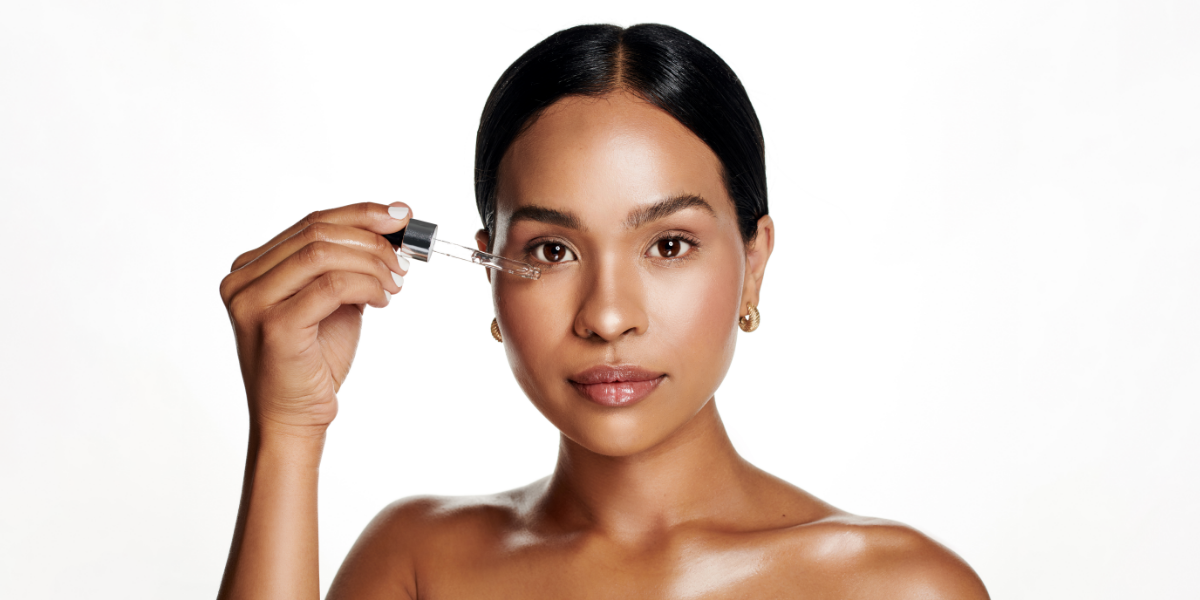If you’ve been paying attention to skincare at all for the last several years, you’ve definitely heard the words “tretinoin”, “retinol” and “retinoid”. If you haven’t, allow us to introduce you to these helpful forms of Vitamin A that can produce impressive anti-aging results (among other benefits!).
What is the difference between retinol and retinoids?
“Retinoid” is the overall term for Vitamin A products that are applied to the skin. There is retinol, tretinoin/retin-a, adapalene, Tazorac/Fabior, Differin – to name a few. All are Vitamin A derivatives that are available in different strengths and formulations, hence the different names. Here are some main differences between the two most- talked-about options:
- Tretinoin is by prescription or for purchase at some dermatologist offices to treat acne and aging skin. It is stronger than OTC retinol and works quickly, but can cause irritation of sensitive skin.
- Retinol is available over-the-counter and can be purchased at drug stores, Amazon, and at our Skin Secrets store. It is gentler than prescription products and also comes in a variety of strengths.
How are retinoids different from exfoliants (AHA/BHA)?
Exfoliants remove dead skin cells. AHA/BHA (alpha-hydroxy acid and beta-hydroxy acid) are chemical exfoliants. These exfoliant products remove dead skin cells from the outermost layer of skin, whereas retinoids stimulate cell turnover. Both chemical exfoliants and retinoids can be part of an overall skin care routine but should not be used together due to increased side effects such as irritation. Using exfoliants on your “off nights” from a retinoid can be a great plan when your skin has adjusted to it.
Advice for using Tretinoin
Tretinoin is FDA-approved to fight photoaging and can have excellent results, but you should be careful in how you begin and maintain use since it has strong active ingredients and your skin will need time to adjust. Use only at night time because retinoids are photosensitive and make your skin much more sensitive to the sun.
Our suggested night time routine would be to start with a double cleanse: first, wipe off makeup with micellar water and cotton round, then wash face with cleanser. Pat dry and let face completely dry for about 5-20 mins. Apply a pea sized amount of retinoid to the face and neck. Apply a rich moisturizer with ceramides and get some beauty sleep! Work up to 5-7 nights a week over time!
Who is a good candidate for these products?
Everyone! Retinoids increase cell turnover and stimulate collagen production, which helps with acne and mild fine lines and wrinkles. It is best to start young (as young as in your 20s) and continue using, although it’s never too late to start!
If you have dry skin, it may be more sensitive to these products, but that doesn’t mean you can’t use retinol or retinoids! If you have dry skin, mixing with a rich moisturizer can help you to better tolerate it while minimizing side effects. If you have very oily skin that is not sensitive, you might be able to tolerate it just as well without applying a moisturizer.
Retinoids are often used to treat acne-prone skin. However, these are not the only products for acne. If you have acne, you should be evaluated by a dermatologist to be put on the regimen that is best for your acne type.
What adjustments to your routine do you have to make when using?
- Sunscreen: always! Apply every single day and reapply every two hours while outside. Sun is the number one cause of premature aging and skin cancer. A basic skin care routine is topical Vitamin C and sunscreen in the morning and then a retinoid at night time.
- Extra hydrating/moisturizing: if you have sensitive/dry skin, you can mix your retinoid with moisturizer. This will decrease the potency, but may decrease the side effects if you are experiencing dryness, irritation or peeling.
- Work up your tolerance: almost everyone can tolerate retinol or retinoid, but not everyone can tolerate the same strength or tolerate applying it seven nights a week. Talk to your provider about what strength to start with depending on your skin.
Are there any other skincare ingredients that should not be used at the same time?
The only other products you need to use are a gentle cleanser and moisturizer, if needed. Do not use an exfoliating cleanser, this is unnecessary and will also increase your sensitivity to the retinoid.
Other important things to know
Common side effects when starting or increasing strengths include dryness, irritation or peeling. More side effects does not equal better results. It is best to find a strength and application regimen with minimum to no side effects.
Results can be seen pretty quickly! Retinoids start to increase cell turn over right away, but may take several weeks before you start to see and feel a difference. It is common to experience side effects when you start using it. Your skin needs to build up a tolerance, so start slow and work up.
If you are able to tolerate your current strength 5-7 nights a week without any side effects (dryness, redness, irritation), then it may be time to increase strength. When increasing strengths, introduce at 3 times a week just as you started and know you may have some side effects. Increase use one night a week about every two weeks as tolerated with the goal of applying 5-7 nights per week. Not everyone can tolerate the highest strength and that’s okay! You want to use the strength that will work best for you with minimal to no side effects so that your skin is healthy and glowing during the day.
Retinoids are not recommended for use during pregnancy.
The very best way to find out what will work for your specific skin and skincare needs is to see your dermatologist and come up with a plan together. Make an appointment with one of our providers to get a custom consultation and get started.

